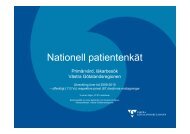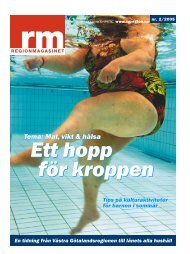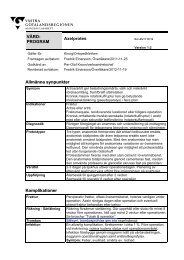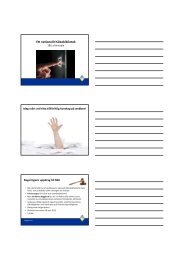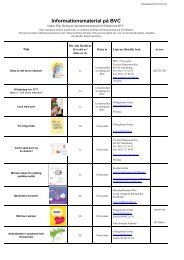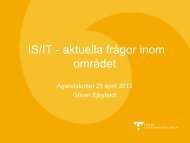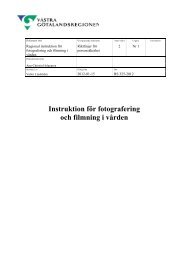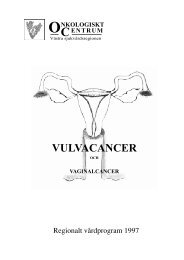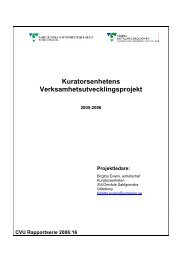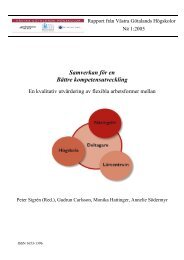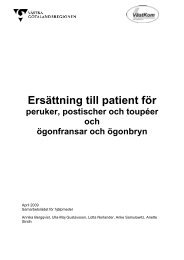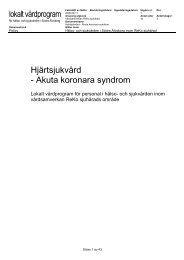FOURTEENTH ANNUAL EUROPEAN PRESSURE ULCER ...
FOURTEENTH ANNUAL EUROPEAN PRESSURE ULCER ...
FOURTEENTH ANNUAL EUROPEAN PRESSURE ULCER ...
Create successful ePaper yourself
Turn your PDF publications into a flip-book with our unique Google optimized e-Paper software.
Thursday September 1st<br />
Proceedings of the 14th Annual European Pressure Ulcer Meeting<br />
Oporto, Portugal<br />
Mathematical models to describe wound healing and wound contraction<br />
Fred Vermolen 1 , Etelvina Javierre 2 , Amit Gefen 3<br />
1* Delft Institute of Applied Mathematics, Delft University of Technology, Delft, the Netherlands<br />
F.J.Vermolen@tudelft.nl<br />
2 University of Zaragoza, Zaragoza, Spain<br />
3 University of Tel-Aviv, Tel-Aviv, Israel<br />
Introduction<br />
Wound healing phenomena, either occuring in<br />
cutaneous wounds, or in trauma on organs or bone,<br />
are crucial biological processes for the viability of a<br />
living organism. These healing processes in general<br />
proceed by signaling processes from, for instance<br />
platelets, that trigger the cells in surrounding<br />
undamaged tissues to come into action. This action<br />
can be mobility, cell movement in the direction of a<br />
signaling or growth factor concentration gradient or by<br />
(biased) random motion, or the proliferation of cells<br />
(division and growth). The simulations were described<br />
in more detail in [1].<br />
Methods<br />
In this talk, we will review some of the mathematical<br />
models we are working on. These models are<br />
predominantly based on systems of reaction-diffusionconvection<br />
equations and on the equations of viscoelasticity.<br />
Here, we show some results from finiteelement<br />
simulations and discuss some of the<br />
implications. This model is applied to simulation of<br />
wound contraction, angiogenesis and wound closure.<br />
The processes of wound contraction and angiogenesis<br />
take place in the dermis and are contain the ingress<br />
and proliferation of (myo-)fibroblasts, endothelial cells,<br />
and the regeneration of the capillary network. Wound<br />
closure takes place in the epidermis as a result of<br />
motility and proliferation of keratinocytes. Between the<br />
two mechanisms, there is interaction via the oxygen<br />
tension and secretion of signaling agents. This<br />
interaction is dealt with in the model.<br />
Besides the partial differential equations approach that<br />
we use to model wound healing and wound<br />
contraction, we will also discuss a brand new<br />
formulation of a semi-stochastic cellular based model<br />
on wound closure and growth of cell cultures. This<br />
model is based on the mechanical forces that are<br />
exerted and sensed by cells. Furthermore, the cellular<br />
motion contains a somewhat random component. Cell<br />
death and cell division are incorporated into this model<br />
as stochastic processes as well. It is possible to<br />
extend this formalism to chemical signaling. This semistochastic<br />
approach has been described in [2].<br />
If time allows, we will also show the newest<br />
applications to modeling angiogenesis on fibrosis<br />
impaired areas on the surface of a heart.<br />
45<br />
Results<br />
We will show the results from simulations with input<br />
date that are as realistic as possible. The results are<br />
presented in terms of profiles of the various cell<br />
densities over the dermal and epidermal region.<br />
Furthermore, we show the contraction dynamics of a<br />
wound over time.<br />
Discussion<br />
There is a huge variety of mathematical models for<br />
wound healing. Most models are based on partial<br />
differential equations and therewith, they are<br />
continuum-based models. As soon as one arrives at a<br />
dimension that is comparable to a cell size, then these<br />
models will fail to predict the right behavior of the<br />
phenomenon. Therefore, we are also interested at the<br />
processes on a cellular level. It is one of our aims to<br />
link the cellular models with the continuum models.<br />
Furthermore, the value of the parameters is uncertain,<br />
as well as most of the data is patient-specific. These<br />
uncertainties introduce a certain randomness. We<br />
think that we will be able to deal with this degree of<br />
randomness by the use of stochastic finite-element<br />
methods. This will be done in future studies.<br />
Clinical relevance<br />
The mathematical models will contribute in<br />
understanding the fundamental relations between the<br />
various subprocesses occurring in wound healing. This<br />
understanding can give guidelines to improve<br />
treatments such as preventing the formation of<br />
hypertrophic scars, which is a mayor undesired sideeffect<br />
during the healing of burns.<br />
Acknowledgements<br />
We are grateful for the financial support from<br />
Agenschap.nl for funding the collaboration between<br />
the Delft University and University of Zaragoza.<br />
There is no Conflict of Interest<br />
References<br />
[1] F.J.Vermolen. et al., J. Tissue Viability. 19(2):43-<br />
53, 2010<br />
[2] F.J.Vermolen. et al., Biomechanics and modeling in<br />
mechanobiology, to appear, 2011<br />
Copyright © 2011 by EPUAP



